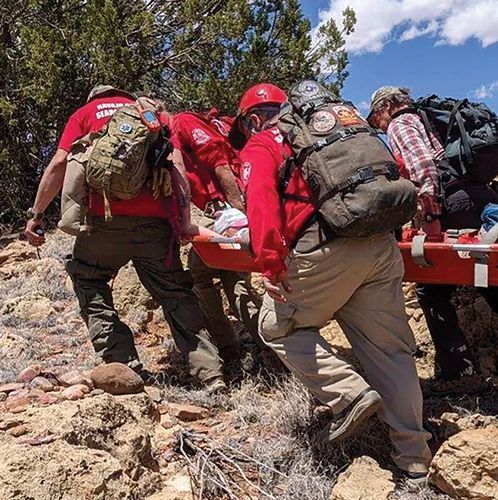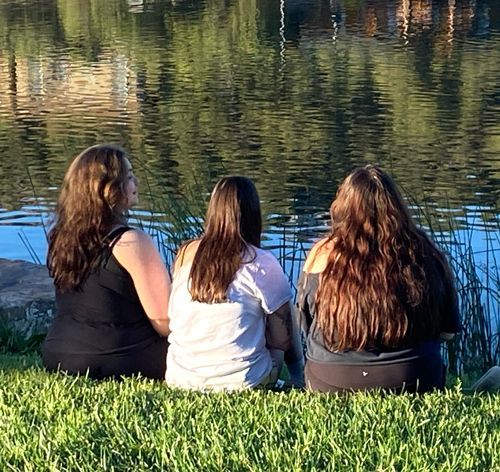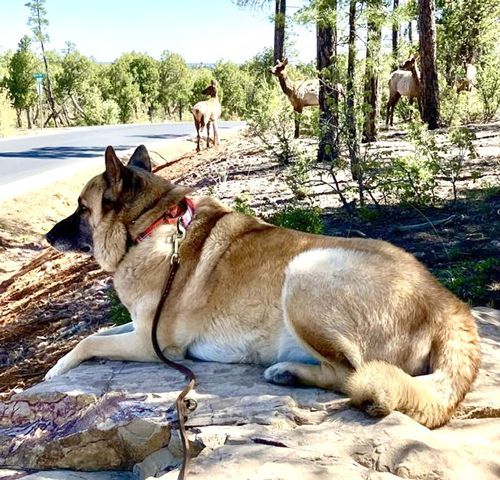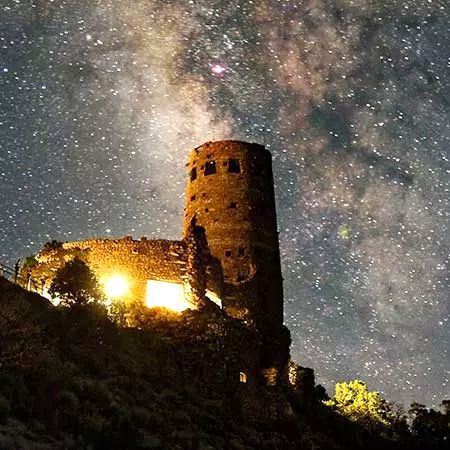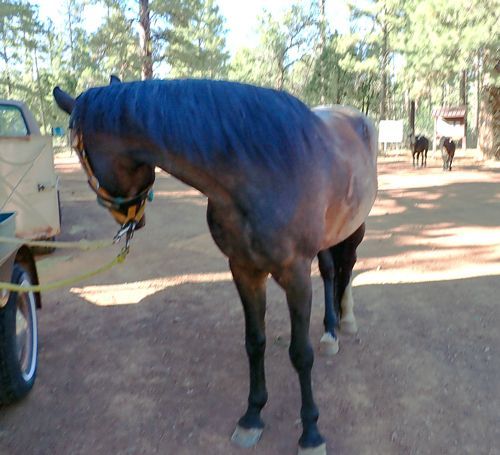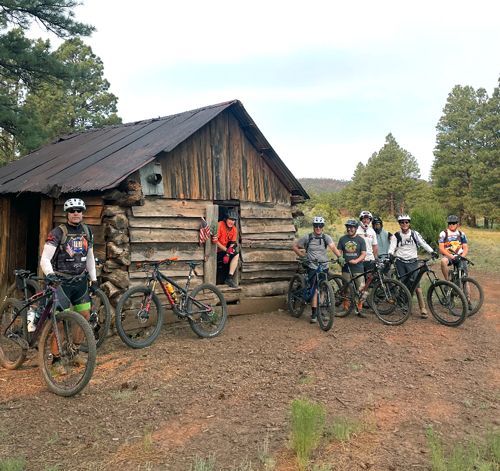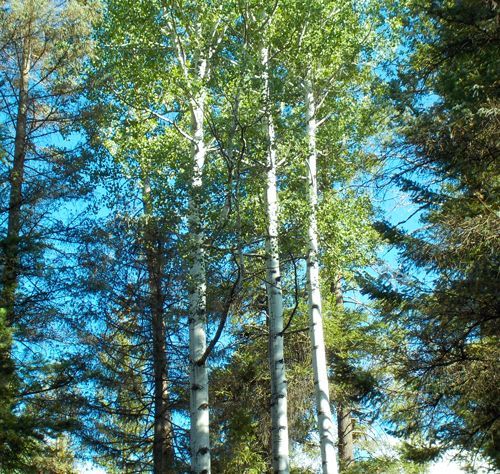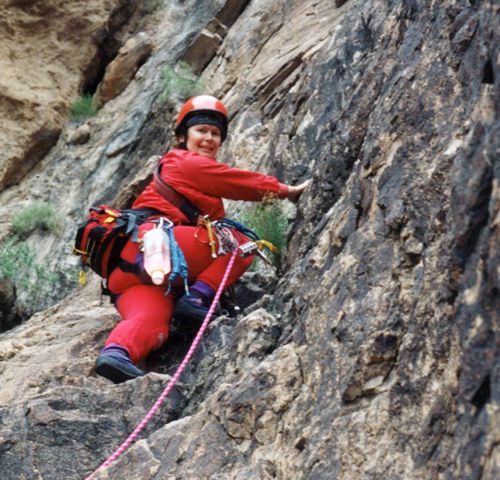Black Elk Peak (once Harney's Peak), South Dakota's highest peak...
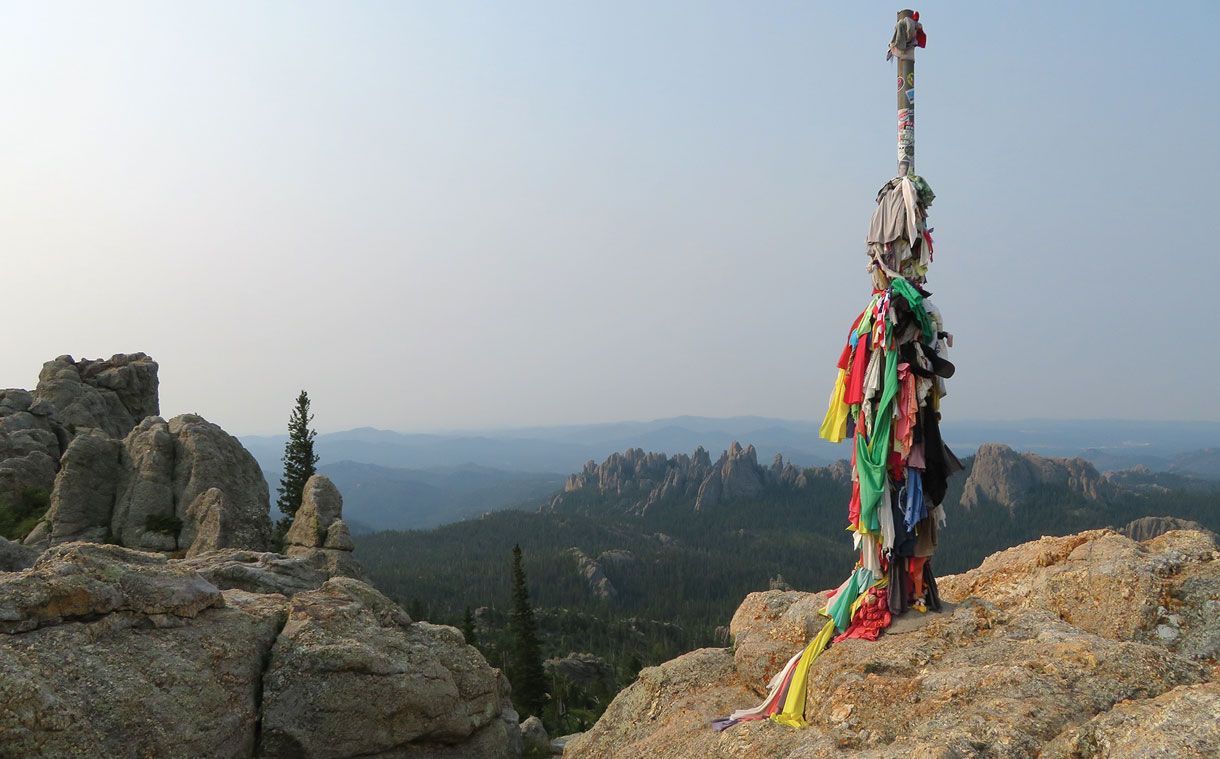
Article and Photos by Ron Miller
"I was standing on the highest mountain of them all, and round about beneath me was the whole hoop of the world. And while I stood there I saw more than I can tell and I understood more than I saw; for I was seeing in a sacred manner the shapes of all things in the spirit, and the shape of all shapes as they must live together like one being.” —- Black Elk
The quote above is that of Black Elk (1863-1950), recounting a time in his youth when he had a vision on the mountain now bearing his name. The latest measurement shows Black Elk Peak to be 7,231 feet in elevation. It is South Dakota’s highest peak and ranks 15th highest of the 50 state high points. It is, in fact, the highest summit in the United States east of the Rocky Mountains. Black Elk Peak is in South Dakota’s Black Hills.
The Black Hills are sacred to the Lakota, Dakota, and Nakota people (referred to previously using the all-encompassing but misguided French term Sioux). It is a beautiful place to visit and a great place to enjoy wild places. I recently had a chance to return to this area and climb Black Elk Peak for a second time.
There is a remarkable stone tower complete with carefully constructed rock staircases on top of Black Elk Peak that served as a fire lookout until 1967. The tower, built by the Civilian Conservation Corps (CCC) between 1935 and 1938, is on the National Register of Historic Places. Individual stones for construction of the lookout were hauled to the summit by men and mules from a creek three miles away.
Black Elk Peak is located within the Black Elk Wilderness in the Black Hills National Forest between Mount Rushmore National Monument and the Crazy Horse Memorial. I was attending a four-day Highpointer’s Convention in Rapid City, South Dakota and had the opportunity, as did the other convention attendees, to climb Black Elk Peak as part of the program. I have actively sought out and climbed the tallest peak or highest point in all of the contiguous 48 states of the United States over the years which is why I was attending the convention.
Anne Groebner wrote about this part of my life in an article for her earlier magazine, Get Your Mountain On AZ, in August 2016. The article highlighting these climbs was entitled Highpointing: Climbing America’s Highest Peaks. I hadn’t yet climbed Mt. Rainier when she wrote that article, but was able to complete the Rainier climb in 2019.
The Highpointer’s convention also included a morning at Bear Butte with Donovin Sprague, a local Lakota historian and professor. Bear Butte is another sacred mountain to his people. He did an excellent job of putting history and the Lakota worldview into perspective with all that we were able to experience both during his talk and later with him on the trail.
Climbing Black Elk Peak involves a moderate to strenuous climb. There are several routes into the peak, but the most popular route starts at Sylvan Lake in Custer State Park. The trail quickly leads out of the park and into the secluded Black Elk Wilderness. There, it then ascends past incredibly scenic granite rock formations referred to as the Cathedral Spires. The roundtrip hike from Sylvan Lake is 6 miles with an elevation gain of 1,550 feet. Views from the summit are awe-inspiring as it is possible to see into the neighboring states of Wyoming, Montana and Nebraska from there.
Many people may be familiar with the name Black Elk from a book that was published in 1932. The author, John Neihardt, recorded conversations with Black Elk and then published the widely-read “Black Elk Speaks” from those conversations. The book had a resurgence in the 1970’s. Now there are internet accounts that record some of the best quotes from the book. Many of the quotes share a wider meaning, applicable to many situations in life. “Behold this day. It is yours to make” states Black Elk in the dialogue in the book and “One should pay attention to even the smallest crawling creature for these too may have a valuable lesson to teach us." He encourages people to “Let every step you take upon the earth be as a prayer”, and to remember “All things are our relatives; what we do to everything, we do to ourselves”.
His life wasn’t easy. He was there during both the Battle of Little Bighorn and the Wounded Knee massacre. He saw many friends, relatives, and heroes die. He experienced the loss of his tribe’s way of life, was exiled for awhile in Canada and watched as more and more of his tribe’s land was lost. And yet he also became part of Buffalo Bill Cody’s Wild West show and talked about his experiences in Chicago, New York and even London where he participated in a command performance to celebrate Queen Victoria’s jubilee. A complicated and even tragic life indeed, and yet he sought to see life at a much deeper level and to seek the divine in all circumstances. And this, he summed up in another of his quotes:
“We should understand well that all things are the work of the Great Spirit. We should know the Great Spirit is within all things; the trees, the grasses, the rivers, the mountains, and the four-legged and winged peoples; even more important, we should understand that the Great Spirits is also above all things and peoples. When we do understand all this deeply in our hearts, then we will fear, and love, and know the Great Spirit and then we will be and act and live as the Spirit intends.” —- Black Elk

